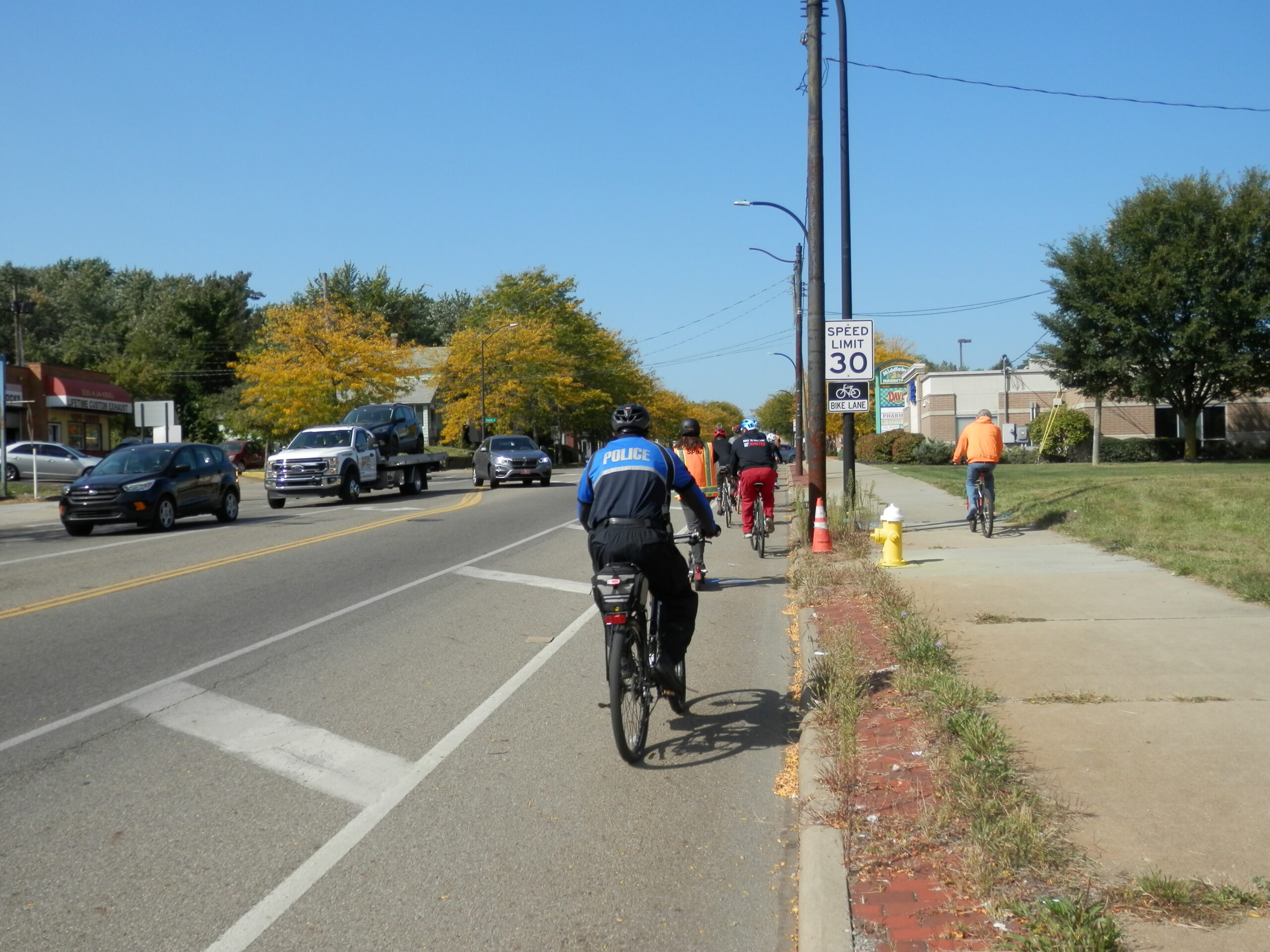
The new Active Transportation Plan (ATP) prepared by AMATS presents what has been accomplished in improving the Greater Akron area’s active transportation network and offers a vision for its future.
Active transportation is human-powered mobility such as biking and walking. Adopted by the AMATS Policy Committee during its May 16 meeting, the ATP is another step in the agency’s pursuit of regional transportation infrastructure that is accessible and safe for all users, not just motor vehicles, throughout Portage and Summit counties and northeastern Wayne County.
“Many would-be cyclists and pedestrians are reluctant to travel because of safety concerns."
- AMATS Mobility Planner Heather Davis Reidl -
AMATS Mobility Planner Heather Davis Reidl says that the plan evaluates the current status of bike and pedestrian networks within the Greater Akron area and identifies regional goals to promote accessibility, efficiency, equity, and safety.
While the area has witnessed significant growth in its active transportation networks in recent years, particularly with new hike-and-bike trails such as the Freedom Trail and The PORTAGE, active transportation users remain the most vulnerable on area roadways. Many people eventually become users through everyday activities such as walking their dogs or neighborhood bike treks, according to Reidl.
“Many would-be cyclists and pedestrians are reluctant to travel because of safety concerns. Our new ATP, coupled with our Safe Streets for All (SS4A) Action Plan, aims to cure their reluctance,” Reidl says. She adds that a widespread hesitance to try active transportation may contribute to other problems such as declines in regional air quality and public health.

The plan presents the agency’s vision of a region in which biking and walking are vital components of the region’s multi-modal transportation system of roadways and transit service. New shared use paths, bike lanes, and quality sidewalks are among the goals and strategies recommended in the plan.
The ATP will be a key component of the agency’s upcoming Transportation Outlook 2050, the long-range transportation plan for the region’s highways, public transit, and bike and pedestrian networks. The plan is available by clicking here.


